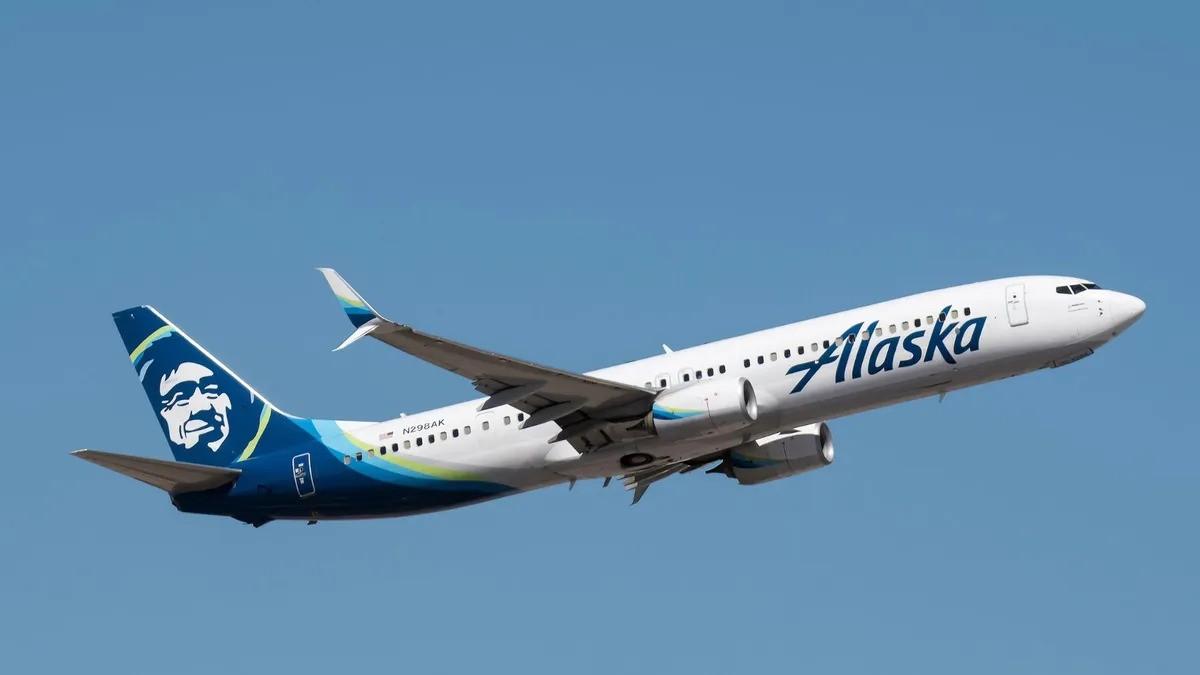The Federal Aviation Administration (FAA) has issued a directive raising concerns about possible door plug issues with Boeing 737-900ER aircraft, advising operators to visually inspect mid-exit door plugs for proper securing. This comes in response to an incident on January 5 involving a Boeing 737-9 MAX aircraft during Alaska Airlines Flight 1282, where a portion of the fuselage tore off, resulting in rapid decompression. Subsequent safety inspections by United Airlines also revealed loose bolts on door plugs.
In response, the FAA has issued a Safety Alert for Operators (SAFO) advisory, urging airlines to conduct specific checks outlined in the Boeing 737-900ER Fuselage Plug Assembly Maintenance Planning Document. The focus is on inspecting the bolts, nuts, or pins securing the door to the aircraft frame, with specific attention to the upper guide track bolts and lower arrestor bolts.
Despite previous inspections, operators are instructed to reference the Aircraft Maintenance Manual and 737-900ER Fuselage Plug Assembly Maintenance Planning Document for comprehensive details. The FAA emphasizes communication of inspection findings to the certificate management office.
Following the grounding of 171 Boeing 737-9 MAX planes, the FAA is intensifying oversight, investigating Boeing’s manufacturing practices and subcontractor Spirit AeroSystems. The FAA is considering potential system changes and has introduced stringent inspection and maintenance requirements before the possible return of Boeing 737-9 MAXs to service.
The initial 40 inspections have concluded, and further assessment will be conducted before finalizing the inspection and maintenance process. Until then, all 737-9 MAX aircraft with door plugs will remain grounded, prioritizing safety over speed.
The FAA is supporting the National Transportation Safety Board’s (NTSB) investigation into Alaska Airlines Flight 1282. A federal official disclosed that the aircraft involved in the incident had been prohibited from international flights due to a warning light indicating a potential pressurization problem. Alaska Airlines limited the aircraft from extended flights over water to ensure a swift return to an airport if the warning light reappeared.
The situation is under investigation, and authorities are expected to provide more clarity on the matter. The FAA emphasizes its commitment to safety and determines the return timeline based on public safety considerations. The directive reflects ongoing efforts to address safety concerns in Boeing aircraft, ensuring thorough inspections and oversight to prevent potential risks.

